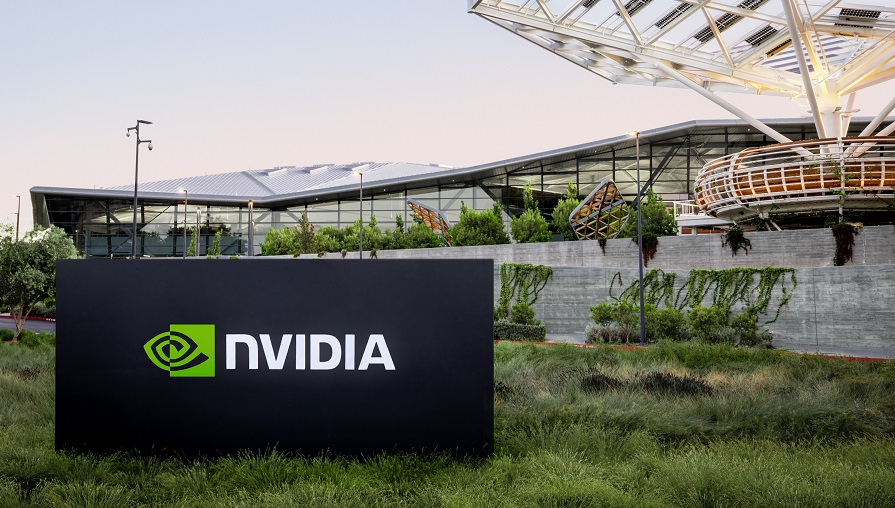 AI
AI
 AI
AI
 AI
AI
Nvidia Corp. today announced that its Blackwell chips have entered volume production in Taiwan Semiconductor Manufacturing Co.’s Arizona fab.
The news marks a major milestone in the graphics card maker’s efforts to bring more of its supply chain to the U.S. The graphics processing units are the chief engine of the current boom in artificial intelligence models and applications.
TSMC, the world’s largest contract chipmaker, opened its first fab near Phoenix late last year. The facility makes processors based on the company’s four-nanometer manufacturing process. The node is two generations behind TSMC’s newest two-nanometer technology, which is slated to enter mass production later this year.
Nvidia is not the fab’s first customer. Late last year, Apple Inc. reportedly started using the facility to produce the A16 Bionic system-on-chip that powers its 2022 iPhone lineup.
Nvidia Chief Executive Officer Jensen Huang visited the fab today and signed the first Blackwell wafer produced onsite. “It’s the very first time in recent American history that the single most important chip is being manufactured here in the United States by the most advanced fab,” Huang said.
The Blackwell architecture introduces several improvements over Nvidia’s previous-generation Hopper chip design. There’s a new version of the built-in Transformer Engine, a module optimized to run large language models. Nvidia has also added a component called the Decompression Engine that is designed to speed up database queries.
The Blackwell architecture is the basis of several Nvidia chips. The most advanced product, the Blackwell Ultra, can provide 15 petaflops of performance for AI workloads. Nvidia has also incorporated the architecture into several of its consumer graphics cards and the chip that powers its newly launched DGX Spark workstation.
TSMC plans to build two more fabs in Arizona by the end of the decade. One of them will be capable of making chips based on the company’s upcoming A16 node, the planned successor to its two-nanometer process. The technology will feature enhanced power delivery wiring and transistors made of nanosheets.
Nvidia’s collaboration with TSMC is part of a broad manufacturing initiative that also involves other suppliers.
In Arizona, the graphics card maker will partner with Amkor Technology Inc. and SPIL Co. Ltd. to produce chip packaging. That’s the technology Nvidia uses to link together the different components of a Blackwell chip into a single product. The company’s flagship graphics cards comprise two separate compute dies and HSM memory modules.
In Texas, Nvidia will work with partners to build two “supercomputer manufacturing plants.” The company sells a line of AI appliances called the DGX series that can be assembled into supercomputers. Nvidia expects the factories to begin mass production in the next 12 to 15 months.
Support our mission to keep content open and free by engaging with theCUBE community. Join theCUBE’s Alumni Trust Network, where technology leaders connect, share intelligence and create opportunities.
Founded by tech visionaries John Furrier and Dave Vellante, SiliconANGLE Media has built a dynamic ecosystem of industry-leading digital media brands that reach 15+ million elite tech professionals. Our new proprietary theCUBE AI Video Cloud is breaking ground in audience interaction, leveraging theCUBEai.com neural network to help technology companies make data-driven decisions and stay at the forefront of industry conversations.